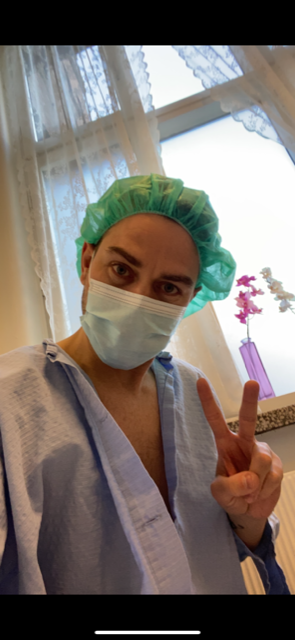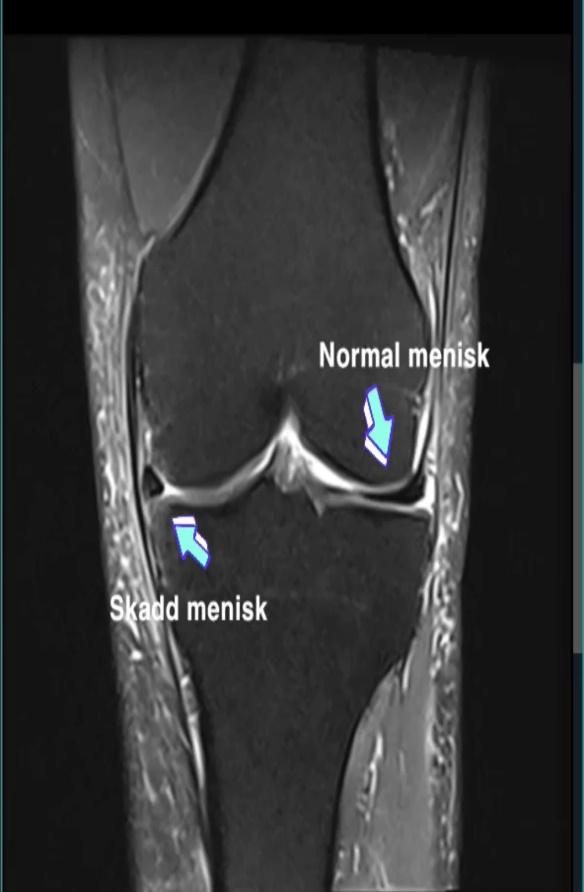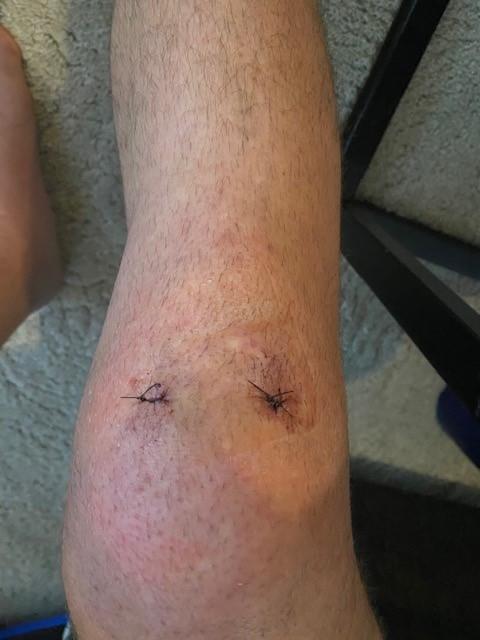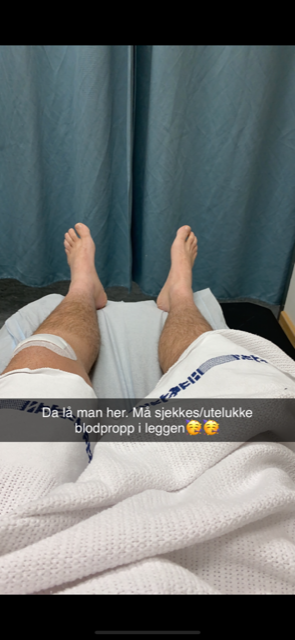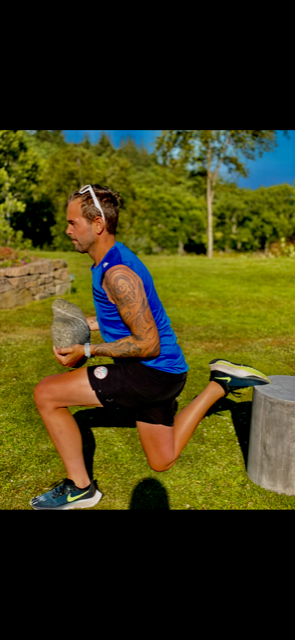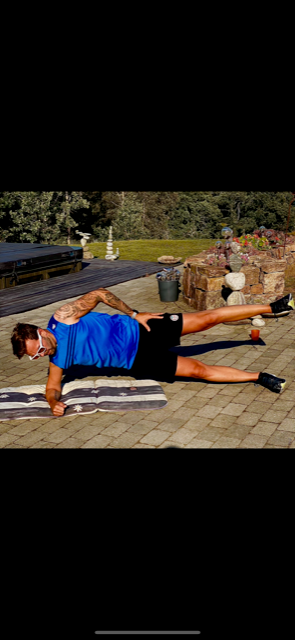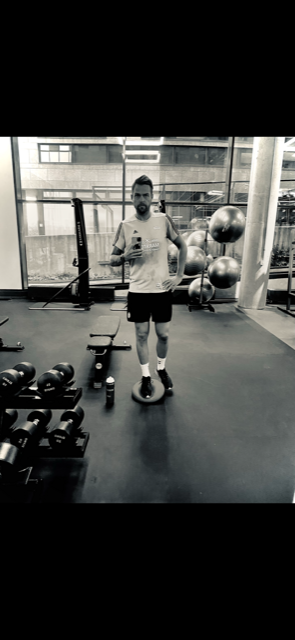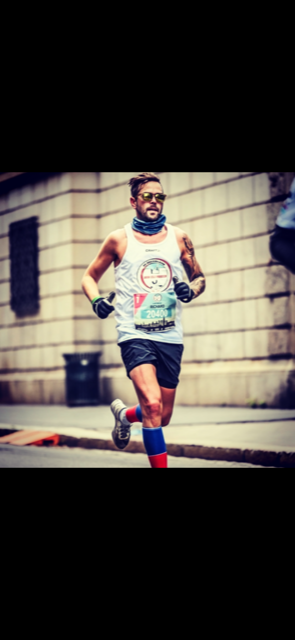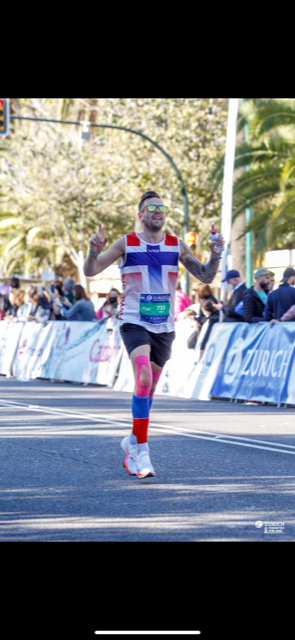My way back after double meniscal surgery, and a bit about how I found out what strength training did to me as running.
Due to too much running on asphalt and minimal strength training, the load became too great on the knees and the menisci therefore had to be removed. Rather, they removed 2/3 of the meniscus in both knees.
I started running in 2004, and have been running ever since. In all these years, I have de-prioritized strength training and thought that the running would provide good strength in the legs and other muscles used during running. But as the years went by the mark I that the injuries came more frequently, the body needed longer recovery time and my improvements during competitions failed to appear.
On 7 January 2021, I had surgery and the meniscus in my right knee was removed due to strain damage and a tear in the meniscus. The operation went very well, and as soon as I woke up from the anaesthetic, the training started. The first week it was simple exercises such as seated knee stretches and bends were on the menu. The week after the operation, it was time for my first appointment with a physiotherapist, and it was here that I got a good introduction to the importance of strength training in combination with running training is. Both in terms of injury prevention and improvement of performance.
The exercises I received from the physiotherapist were then specified as training in relation to my operation and my wishes to get back into running shoes as quickly as possible. The exercises were performed every day, and I used approximately 1-1.5 hours daily for 3 months. All the exercises were performed at home using only body weight and rubber bands. So here need you don't have to spend a lot of money on training centers and equipment.
After 3 months of these strength exercises, I was ready for my first trial run in the running shoes. Then there were sessions in form of running 2 min, walking 2 min X 4, then increasing the number of minutes after a week.
After two weeks of gentle running, I started to feel the same pain in my left knee, and the pain was very similar the ones I had had in my right knee three months earlier. The conclusion was the same and it was an operation in the opposite direction knee.
I have to admit I felt very down when I knew what this entailed in terms of training. The positive thing was that we everyone had to keep us indoors as much as possible because of the pandemic, so when you couldn't run it was fine to use the living room as a fitness center. At the beginning of April 2021, I had another operation, but then on my left knee. And then it was all over again with the same exercises and the same tactics.
Motivation was extremely low and I struggled to keep up with the exercises at home, so I was given permission to work out at a fitness center due to the operation and the training I had to go through. It was a short week's stay the training when I was diagnosed with a blood clot in the operated leg, but with the right medication I was fit for the fight again a short week later.
At the centre, I had the opportunity to use slightly more advanced equipment than what I had at home, so here I got cycled, did squats with weights, lunges with weights, leg press, leg extension etc. I continued at the same time exercises you can easily do at home: one-legged standing on a pillow, one-legged squats on a pillow, Bulgarian lunges with jumps mat, leg curl on ball, walking lunge, ascent on box and skate jump. These are some of the exercises I do carried out, and which I have taken with me in the daily strength training. If you wonder how these exercises is to be carried out, there are many nice videos online.
In June 2021 I was allowed to start running again, and then I started with one session a week, where the first was 3 km. Then I increased by 1 km a week. In addition to the running sessions, I included 3-4 strength sessions a week.
Already in September 2021, I received permission from the physiotherapist to run a half-marathon in Oslo, and I was then test my longest distance after the operations. The race went beyond all expectations and I ran into a new personal record of 1:32. My previous record was then 1:36 in 2010. A few months later I run a full marathon in Malaga and 'squeezes' in the time 3 hours and 6 minutes. Before this race, I had over 10 marathons, and never managed to finish under 3:20.
Personally, I would conclude that the strength training has had a big impact both on getting me back in the running shoes, but not least as an improvement on the injury front and the performance front!
